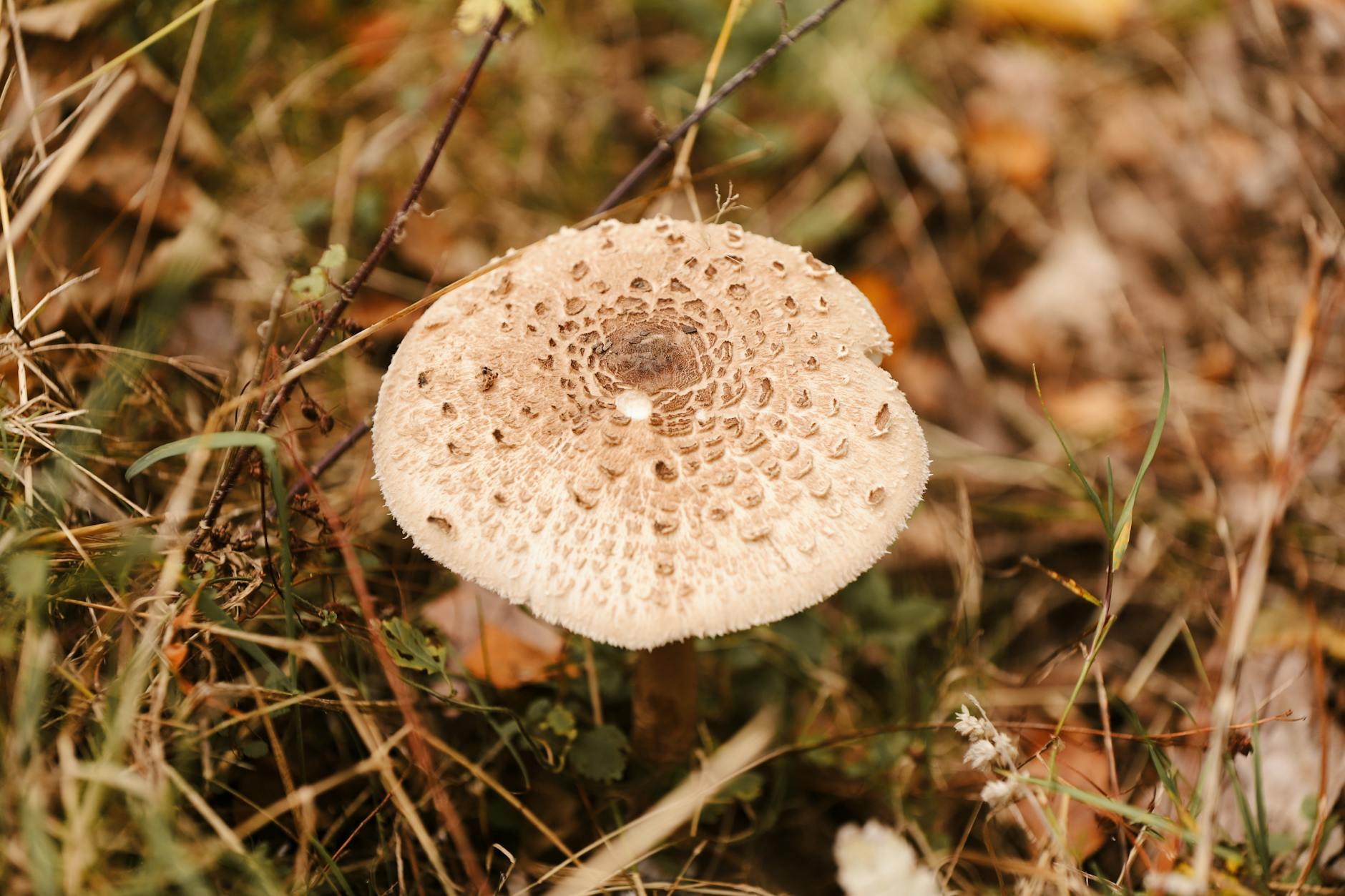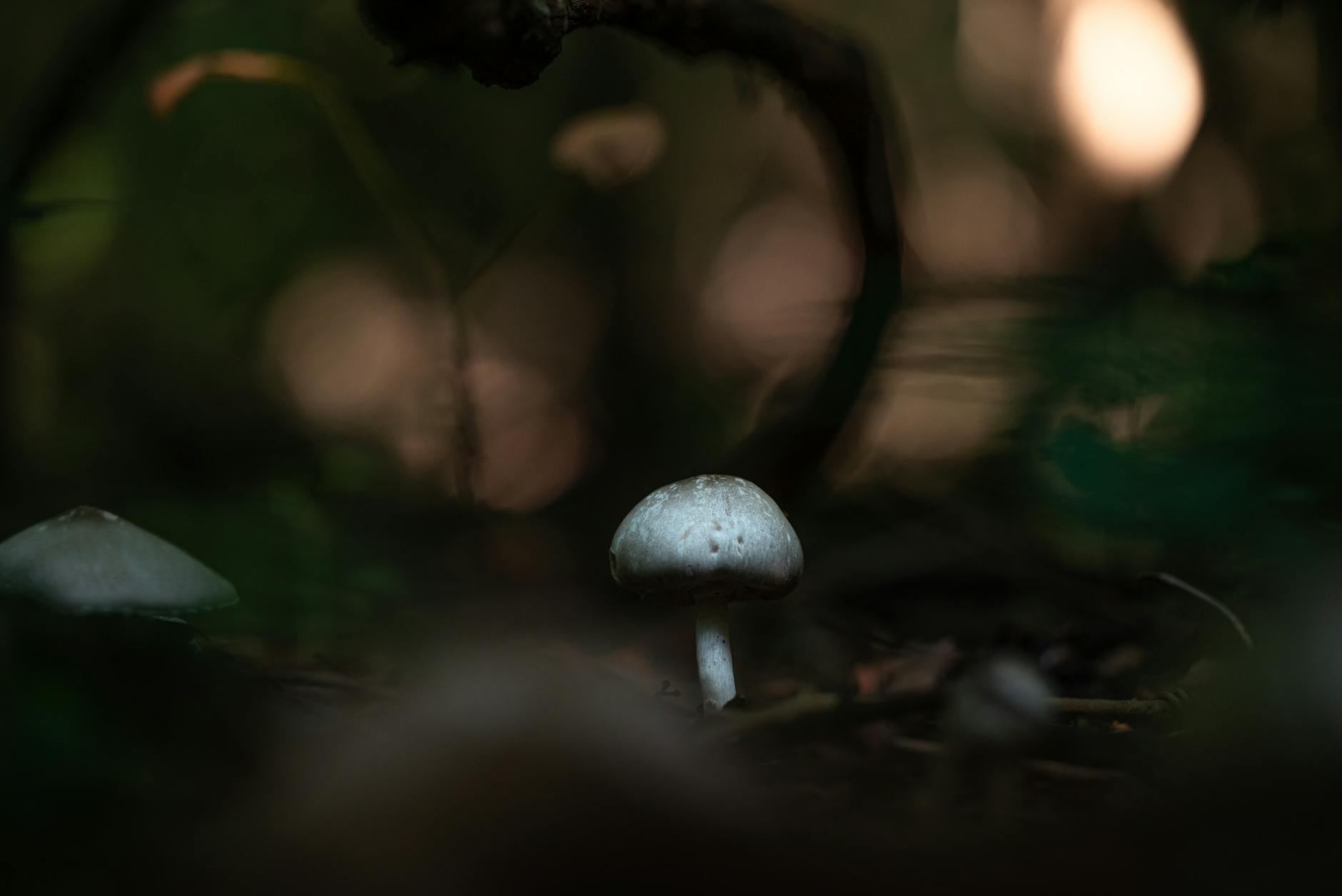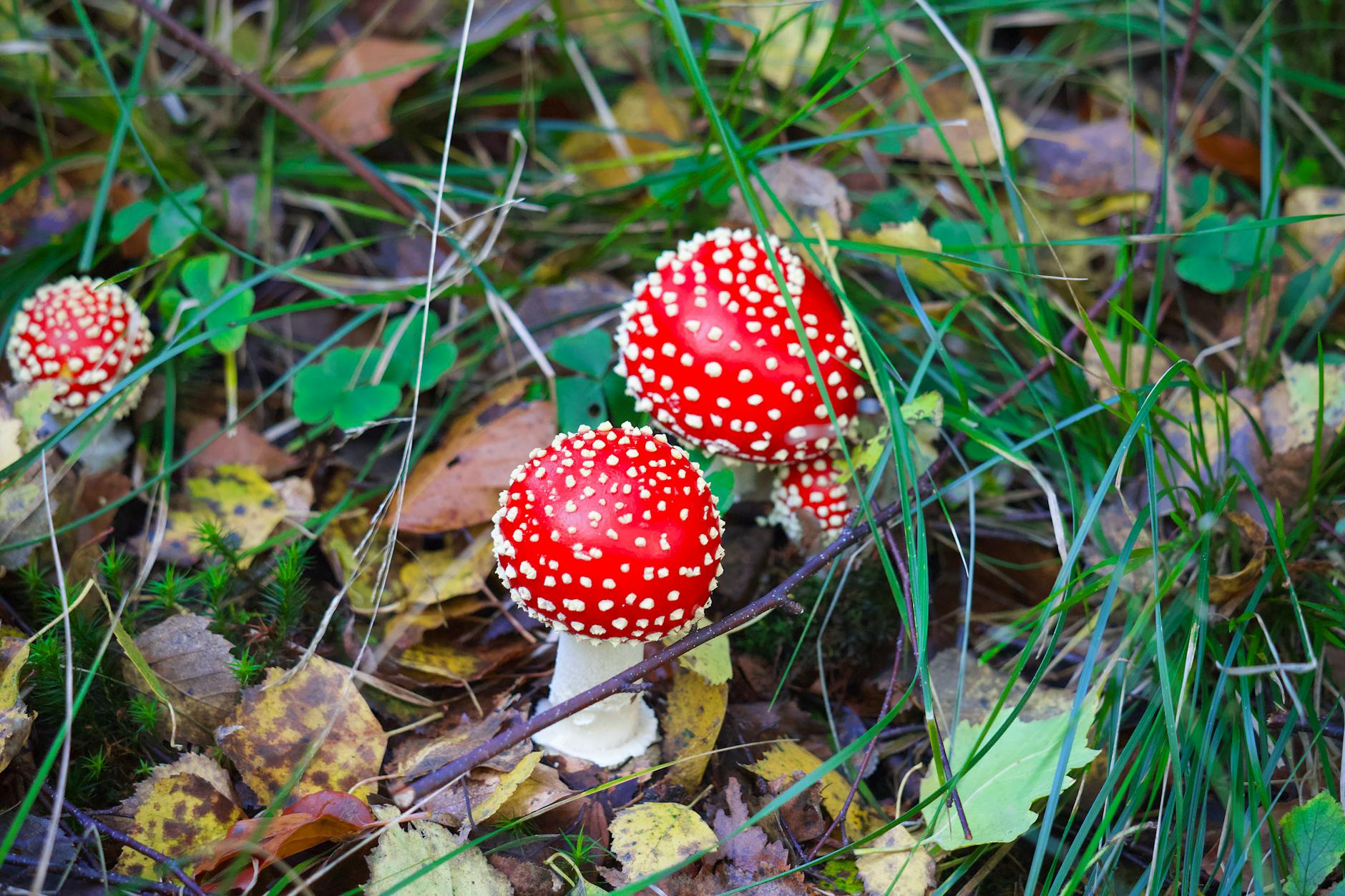Mushroom foraging can be an exciting and fulfilling activity for nature enthusiasts and foodies alike. However, the allure of hunting for wild mushrooms comes with some risks, as certain varieties can be toxic and lead to mushroom foraging syndromes if consumed. To ensure a safe and enjoyable foraging experience, it is crucial to arm yourself with the right knowledge and follow expert tips. In this article, we will explore the potential dangers of mushroom foraging, common syndromes associated with toxic mushroom consumption, and essential tips to avoid disaster while out in the woods.
Understanding Mushroom Foraging Syndromes
Mushroom foraging syndromes, also known as mycetism, are illnesses caused by the consumption of toxic mushrooms. There are several types of mushroom poisoning, each with its own set of symptoms and severity levels. These syndromes can range from mild gastrointestinal discomfort to life-threatening reactions that require immediate medical attention. It is essential to be able to identify toxic mushrooms and differentiate them from edible varieties to avoid the risk of poisoning.
Common Types of Mushroom Foraging Syndromes
1. Gastrointestinal Syndrome: Symptoms of gastrointestinal mushroom poisoning usually appear within a few hours of ingestion and may include nausea, vomiting, diarrhea, and abdominal pain. This type of poisoning is generally not life-threatening but can be unpleasant and debilitating.
2. Neurological Syndrome: Certain toxic mushrooms can cause neurological symptoms such as hallucinations, delirium, seizures, and coma. Neurological syndromes are more severe and can have lasting effects on the individual’s health if not treated promptly.
3. Liver Damage: Amanita mushrooms are known for causing liver toxicity, which can lead to fulminant hepatic failure and even death in severe cases. Liver damage from mushroom poisoning is a serious medical emergency that requires immediate intervention.
Expert Tips to Avoid Mushroom Foraging Syndromes
1. Educate Yourself: Before embarking on a mushroom foraging expedition, educate yourself on the local mushroom species, their identifying features, and which ones are safe to consume. Consider joining a mushroom foraging group or attending workshops led by experienced foragers and mycologists.
2. Carry a Field Guide: Always carry a reliable field guide or mushroom identification book with you while foraging. Use the guide to help you identify mushrooms accurately and cross-reference the information with multiple sources to confirm the edibility of a particular species.
3. Be Cautious: When in doubt, err on the side of caution and avoid consuming any wild mushrooms unless you are 100% certain of their safety. Remember that some toxic mushrooms closely resemble edible varieties, so it’s crucial to be meticulous in your identification process.
4. Start Small: If you are new to mushroom foraging, start by familiarizing yourself with a few common edible species rather than trying to identify a wide variety of mushrooms. Gradually expand your knowledge and skills as you gain more experience in the field.
5. Consult Experts: If you are unsure about the safety of a mushroom you have collected, reach out to local mycologists, botanists, or experienced foragers for guidance. It’s always better to seek expert advice than risk consuming a toxic mushroom.
In conclusion, mushroom foraging can be a rewarding and enjoyable outdoor activity, but it is essential to approach it with caution and respect for the potential dangers involved. By arming yourself with knowledge, staying vigilant, and following expert tips, you can minimize the risks of mushroom foraging syndromes and have a safe and memorable foraging experience in the great outdoors.


